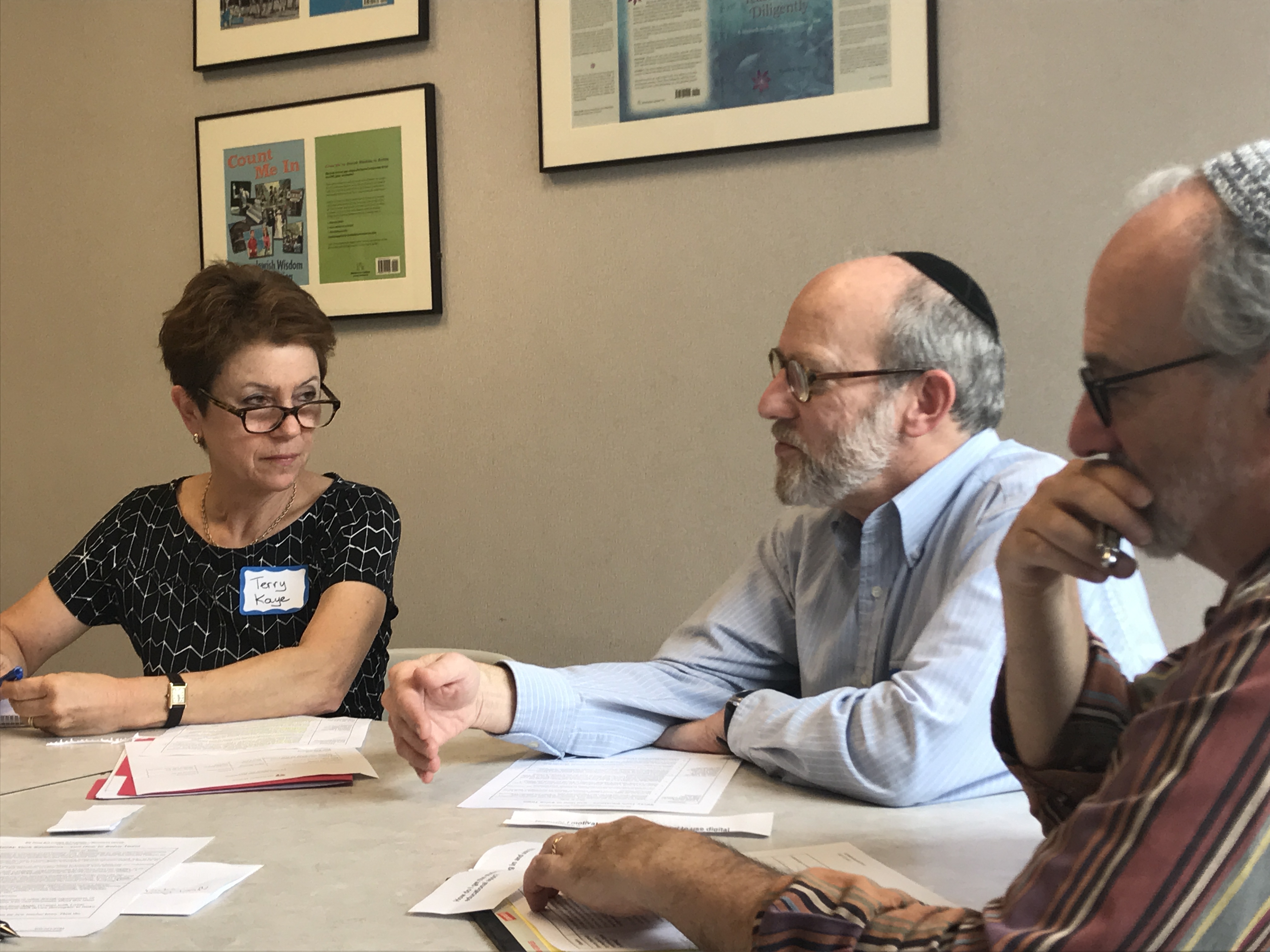Special for Education Directors: Sticky Tech Situations and How to Solve Them
Special for Education Directors: Sticky Tech Situations and How to Solve Them
We hosted a Ed Tech Solutions gathering at Behrman House headquarters this week, giving local educators the opportunity to learn about tech trends and tools to engage students, play with some learning apps, and get help for their digital learning needs.
One session, led by Terry Kaye and designed especially for education directors, focused on tech trouble spots. Here's what you need to know to work through common tech challenges.
I want to use digital apps but we don’t have reliable wifi in our building.
1. Make it a priority to get reliable wifi. Advocate for it! Research the options. Demonstrate to your education committee and/or board the digital learning tools students will be able to use in class, especially in small groups, to enrich the learning. Explain the benefits (improved decoding skills, greater in-class engagement, differentiation, etc).
2. Download the apps to your mobile device when you are connected, e.g., at home. Have students use in class offline. Examples: Shalom Hebrew Digital, Hebrew in Harmony Digital.
3. Download the Hebrew in Harmony music to your device when you are connected, e.g., at home. Play the music in class using powerful, loud speakers.
4. If you have a “wifi + cellular” iPad (these cost $130 more than the regular “wifi” iPad), or a similarly equipped Android tablet, you can connect your tablet to a cellular network, such as T-Mobile (starting at $20-30 per month per tablet).
5. If you have the budget for wifi, but your problem is reliability, you can use Google Wifi. It’s an easy-to-install new kind of wifi that works particularly well in buildings with thick walls. Instead of one central router, your local IT person installs several hockey-puck-sized devices around your building. It starts at $299 for three devices, and you can buy more to meet the needs of your building. Highly recommended.
How do I engage students with multi-media in class when we don’t have the budget for tablets or even a laptop and projector?
1. Make it a priority to your education committee and/or board to get a laptop, projector, and strong speakers, at the minimum. Demonstrate the digital learning tools students will be able to use in class to enrich the learning. Explain the benefits (improved decoding skills, greater in-class engagement, with tablets more small group collaboration, etc)
2. Have students bring in their own devices.
3. Apply for a grant from your local federation or other Jewish organization, or approach members of your congregation who care personally about this issue.
4. Save money by buying refurbished, direct from Apple. (Comes with 1-year warranty if you buy from Apple. Apple inspects each device thoroughly to make sure it’s working good-as-new.)
5. Make owning a tablet or laptop a requirement for new teacher hires. Then the school only needs to buy a projector.
How do I motivate my teachers to want to use digital technology?
1. Teachers need to see the value. Demonstrate the tech tools, let them play around with them at a staff meeting, make sure they’re comfortable using them. Help them plan lessons incorporating the technology. Provide support, e.g., a dedicated staff member who is available to offer tech help. Pay that person extra, if you are able. Regularly check in with teachers. Above all, teachers need to know that using educational technology is important to you and you are willing to support them in this goal. Above all, the motivation needs to come from you.
2.Give teachers rewards/recognition and help them celebrate digital accomplishments—and make it public, i.e., visible to other teachers and maybe even parents.
3. Ask madrichim for help! Use tech-savvy teens to navigate the software, demonstrate it to the students (and teachers), and tutor or work with students individually or in groups using digital technology.
For more tech troubleshooting, download a PDF version of Sticky Tech Situations.


